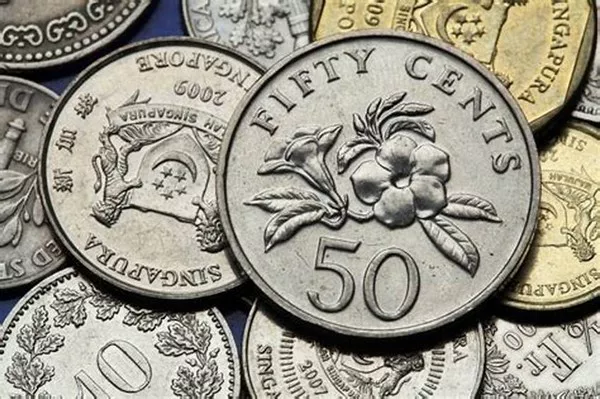Singapore, known for its cutting-edge financial systems and a vibrant economy, boasts one of the most advanced and efficient monetary systems globally. The Singapore Dollar (SGD) is the official currency, and it is represented by an array of banknotes and coins, each with varying denominations. While some denominations are commonplace, others represent the smallest units of this currency. In this article, we explore Singapore’s micro-currency, delving into the smallest denominations, their significance, and their role in the nation’s financial landscape.
Understanding Singapore’s Currency System
The Singapore Dollar (SGD) is the official currency of the Republic of Singapore. It is managed and issued by the Monetary Authority of Singapore (MAS), which is the nation’s central bank. The SGD is subdivided into 100 cents, and it comes in various denominations, ranging from coins to banknotes. While the larger denominations are commonly used for everyday transactions, the smallest currency units play an essential role in economic precision and cashless transactions.
Smallest Currency Denominations
The smallest currency units in Singapore are the coins. The Monetary Authority of Singapore has introduced several coin denominations, each with a unique size, design, and value. The smallest coins in circulation are the 5-cent and 1-cent coins, which are integral components of Singapore’s currency system. Here’s a closer look at these tiny yet significant pieces of currency:
5-Cent Coin: The 5-cent coin is the second smallest denomination in Singapore. It is smaller in size compared to the 1-cent coin and has a silver appearance. The front of the coin features the national emblem, the Singapore Lion, while the reverse side bears the denomination value and the year of minting. Despite its small value, the 5-cent coin remains in circulation and is used for various transactions, including making change or as a token for vending machines.
1-Cent Coin: The 1-cent coin is the smallest denomination in the Singaporean currency system. It is smaller in size compared to the 5-cent coin and has a bronze appearance. The front of the coin features the image of a sprouting coconut palm, which symbolizes the nation’s growth and prosperity. On the reverse side, the coin displays the denomination value and the year of minting. While it has limited purchasing power in today’s economy, the 1-cent coin remains in circulation, primarily as a keepsake or for nostalgic purposes.
Historical Significance
The 1-cent coin in Singapore has a unique historical significance. In 1967, when Singapore became an independent nation, the first series of coins was introduced, and the 1-cent coin featured the image of a merlion, a mythical creature with the head of a lion and the body of a fish. The merlion was chosen to symbolize Singapore’s maritime history and its position as a trading hub. In 1985, the design was changed to the sprouting coconut palm, which reflects the nation’s continued growth and prosperity.
Despite its small value, the 1-cent coin carries a piece of Singapore’s history and evolution as a nation. In 2002, the Monetary Authority of Singapore decided to discontinue the production of the 1-cent coin, citing rising production costs and declining usage. While the coin is no longer produced, it remains legal tender, and existing coins continue to circulate.
The Role of Micro-Currency in Modern Singapore
In a country known for its rapid technological advancements and digital payments, one might question the role of micro-currency, especially the 1-cent coin. While these small denominations may seem insignificant in day-to-day transactions, they serve several purposes in the modern Singaporean economy:
Exact Change: The 1-cent and 5-cent coins are still valuable for making exact change in cash transactions. This can be particularly useful in situations where electronic payments are not available or when cash is preferred.
Vending Machines: Many vending machines in Singapore, whether dispensing beverages, snacks, or public transportation tickets, still accept these small coins. They play a crucial role in ensuring the smooth functioning of vending machines.
Cultural and Historical Significance: The 1-cent coin carries historical and cultural significance for Singaporeans. While it may not be widely used for everyday purchases, it remains a symbol of the nation’s journey from its early days as an independent country.
Collectibles and Souvenirs: Some individuals and tourists collect these small coins as mementos or collectibles. The 1-cent coin, with its unique designs, holds a special place in the hearts of numismatists and collectors.
Conclusion
The 1-cent and 5-cent coins in Singapore, representing the smallest currency denominations, may appear inconsequential in a nation that thrives on digital and cashless transactions. However, these tiny coins are not just tokens; they have a historical and cultural significance, play a practical role in transactions requiring exact change, and continue to be an integral part of the nation’s currency system. While the future of these micro-currencies remains uncertain, they serve as a testament to Singapore’s journey as a nation, from its early days to its current position as a global economic and financial hub.


